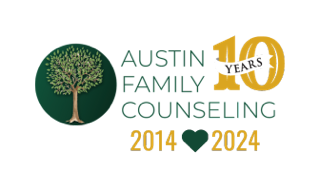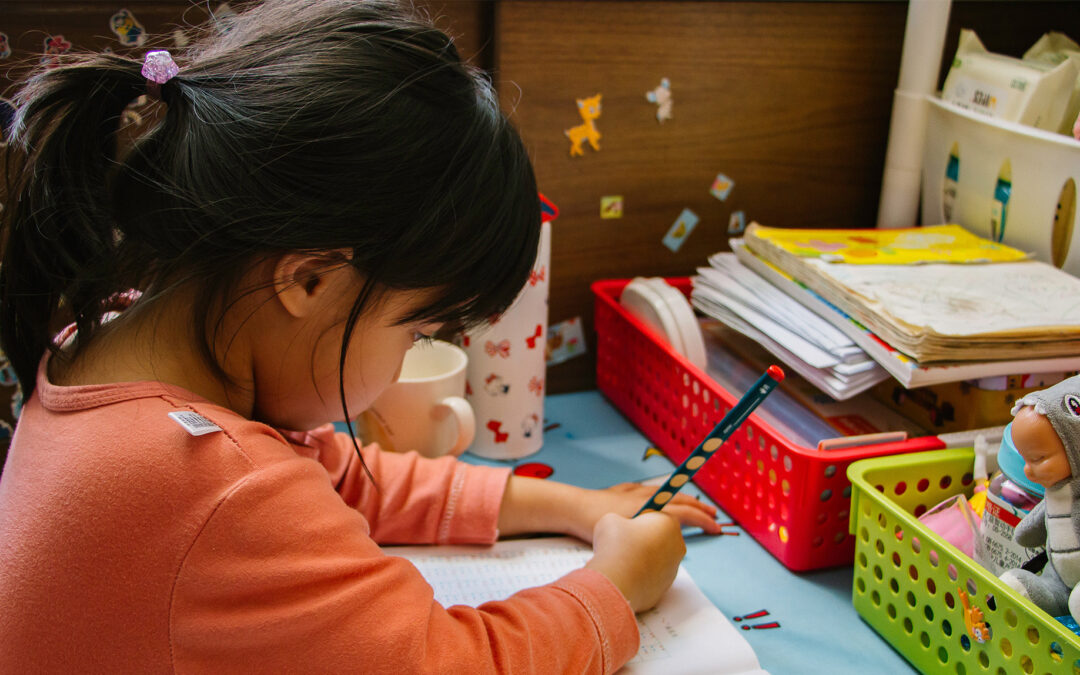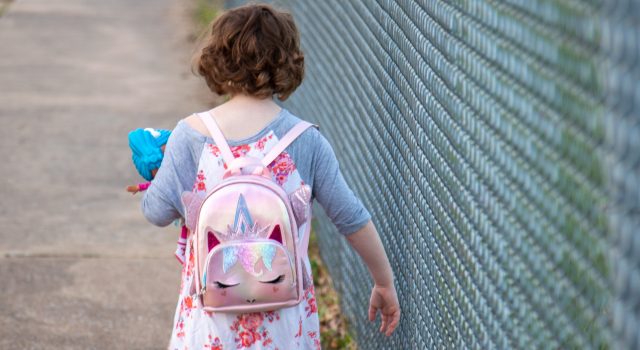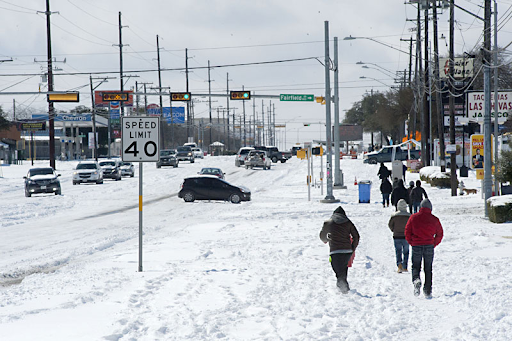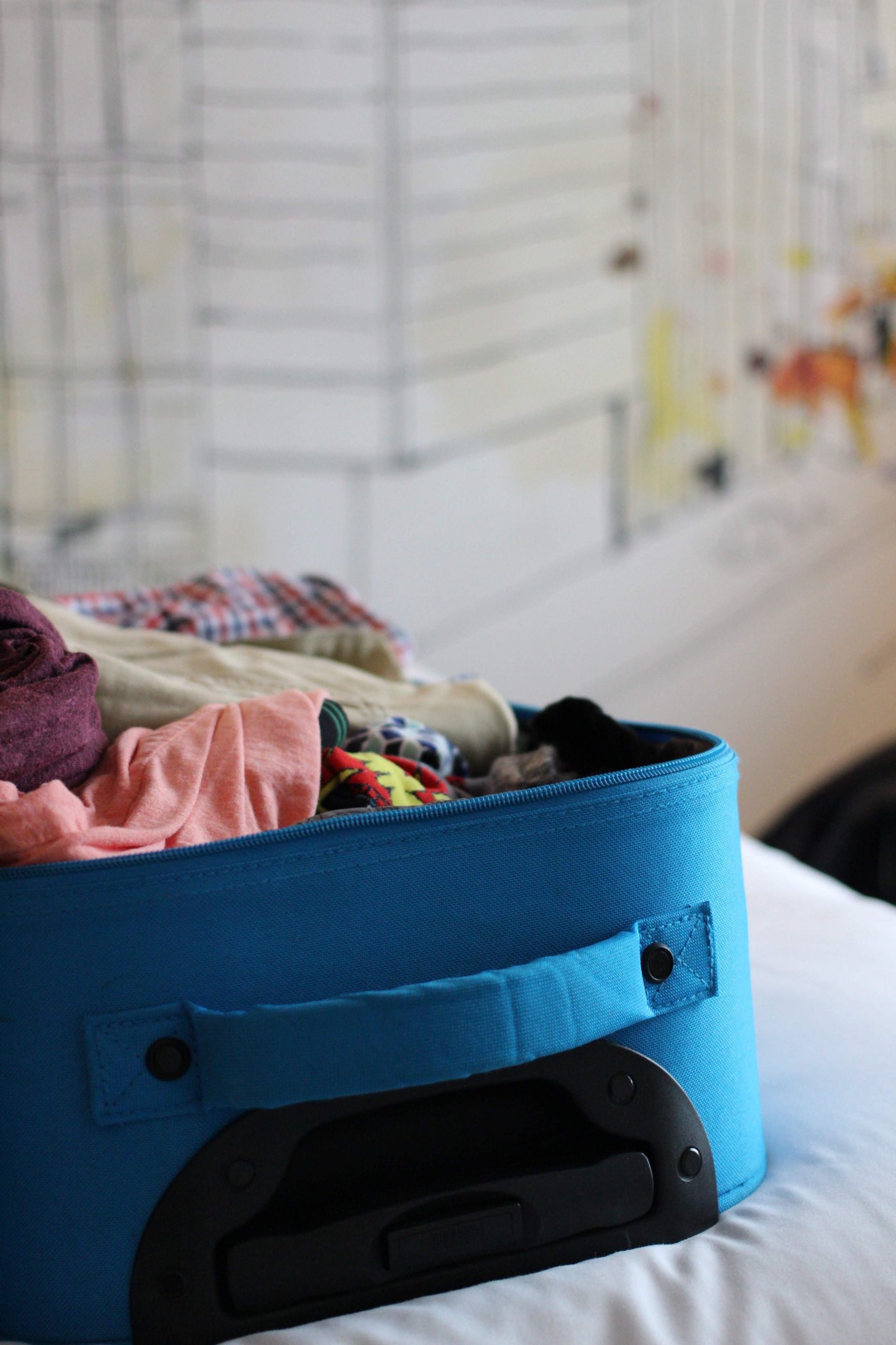Navigating the intricate world of raising an anxious child can be a challenging journey, especially when it comes to ensuring that teachers, babysitters, and other caregivers understand the unique needs of your little one. A powerful tool in fostering understanding and cooperation is the creation of a personalized resume for your child. This document serves as a comprehensive guide, offering insights into your child’s personality, strengths, challenges, and the strategies that work best in supporting them. Let’s explore how to create this invaluable resource.

A Picture Speaks a Thousand Words: The Photo Section
Including a recent photo of your child helps caregivers put a face to the name, fostering a personal connection. It’s a warm introduction that can instantly create a sense of familiarity.
“About Me”: Unveiling Your Child’s Unique Persona
In this section, provide a brief snapshot of your child’s personality, interests, and any important background information. This serves as a foundation for understanding your child as an individual, beyond the challenges they may face.
Envisioning Success: Your Vision for Your Child
Share your hopes and dreams for your child’s future. This section provides caregivers with insight into your long-term goals and the positive outcomes you envision for your child. It’s an opportunity to align everyone involved in supporting your child toward a common vision.
Understanding the Root: The Impact of Fight or Flight on Behavior
It’s crucial to provide a deeper understanding of the underlying reasons for your child’s behaviors, such as delaying, yelling, aggression, and eloping. These actions often stem from the fight or flight response, a natural reaction to stress and anxiety. Detailing this in the resume can significantly enhance the caregivers’ ability to respond with empathy and effectiveness.
Fight or Flight Explanation:
- Briefly explain the fight or flight response and how it manifests in your child.
- Highlight specific triggers that commonly lead to heightened stress or anxiety.
Behaviors as Coping Mechanisms:
- Emphasize that behaviors like delaying, yelling, aggression, and eloping are coping mechanisms to manage overwhelming emotions.
- Share insights into the purpose these behaviors serve in helping your child regulate their emotions.
By shedding light on the connection between your child’s behaviors and the fight or flight response, you empower caregivers with the knowledge to respond compassionately. This section acts as a bridge of understanding, fostering an environment where caregivers can approach challenging behaviors with patience, empathy, and a proactive mindset. In doing so, you create a collaborative space that supports your child’s emotional well-being and encourages positive growth.
Unveiling Strengths: Recognizing Your Child’s Assets
List your child’s strengths, talents, and positive attributes. This section empowers caregivers to focus on your child’s abilities, promoting a strengths-based approach to support.
Strategies for Dysregulation: What Works and What Doesn’t
Provide detailed information on the signs of dysregulation in your child. Outline specific strategies that have proven effective in calming them down, as well as those that may exacerbate the situation. This section is crucial for ensuring a proactive and supportive environment.
The Calming Blueprint: Techniques to Soothe Your Child
Offer a step-by-step guide on how to calm your child during moments of distress. This may include preferred sensory activities, calming phrases, or specific items that bring comfort. Sharing this information equips caregivers with practical tools to support your child in real-time.
Ongoing Development: Skills Your Child is Working On
Highlight the developmental skills your child is currently focusing on. Whether it’s social, emotional, or academic, this section keeps everyone involved aware of the areas in which your child is making progress and where additional support may be beneficial.
Favorites: Items, Activities, and More
Round off the resume with a list of your child’s favorite things. This could include preferred toys, activities, books, or snacks. Knowing what brings joy to your child’s life helps caregivers create an environment that is not only supportive but also enjoyable.
Conclusion: Bridging Understanding for a Brighter Future
In crafting a resume for your anxious child, you’re not only providing a roadmap for caregivers but also fostering a collaborative and compassionate community around your child. This document becomes a tool for building understanding, empathy, and a shared commitment to nurturing the unique potential within your child. Together, as a team, you can create an environment where your child can thrive and overcome challenges with resilience and confidence.
Resources For Creating a Resume for Your Child:
https://kindred.org.au/resources/all-about-me/
https://reframingautism.org.au/about-me-a-downloadable-template-for-your-childs-new-teacher/
Other Resources for Supporting an Anxious Child:
https://austinfamilycounseling.com/how-to-help-your-child-when-they-flip-their-lid/

